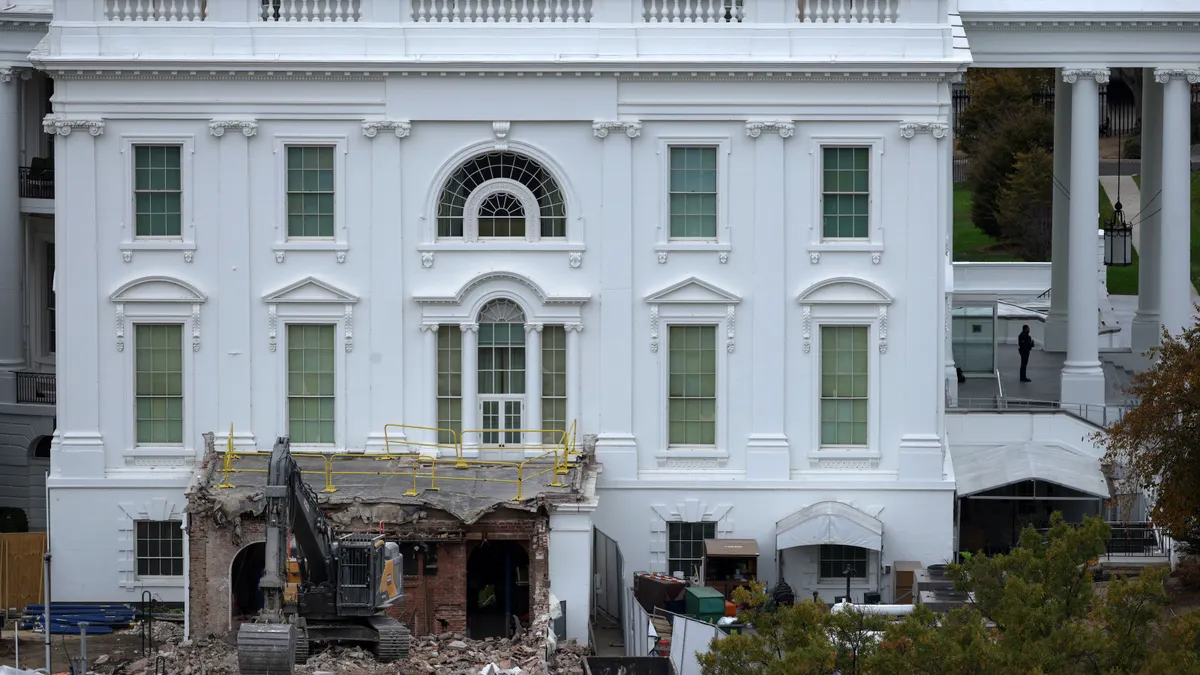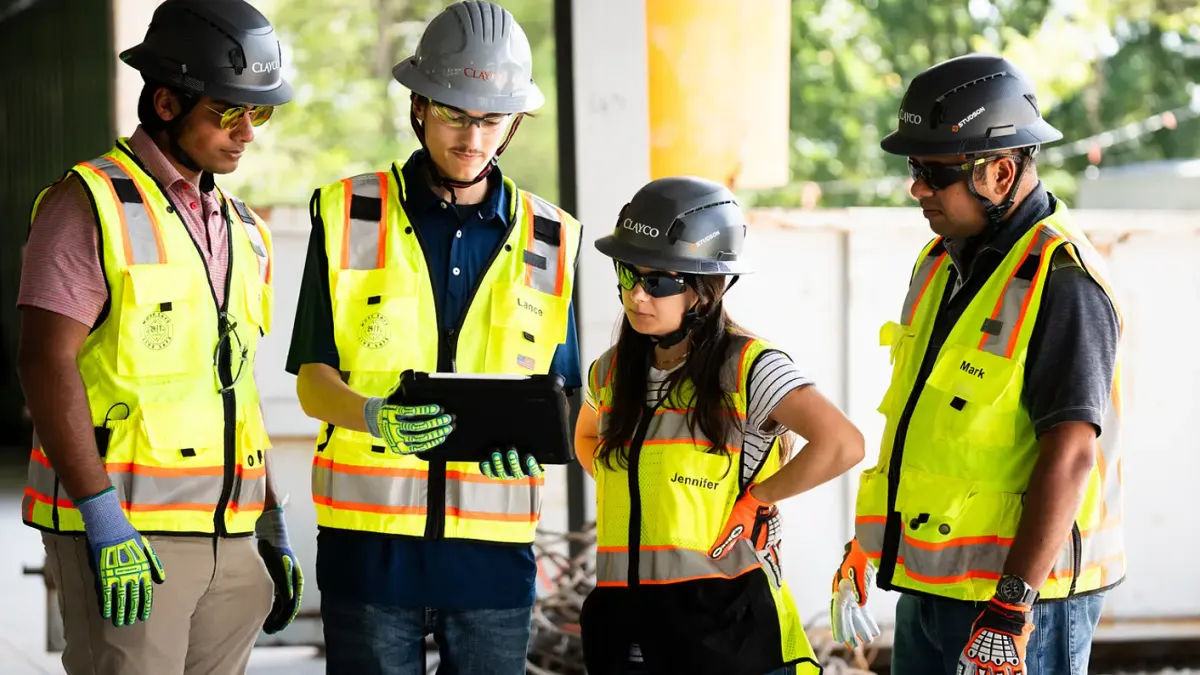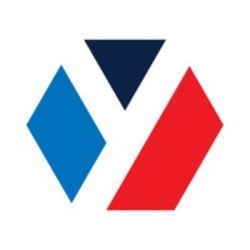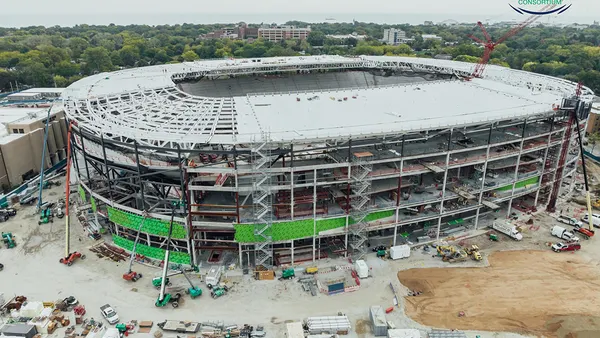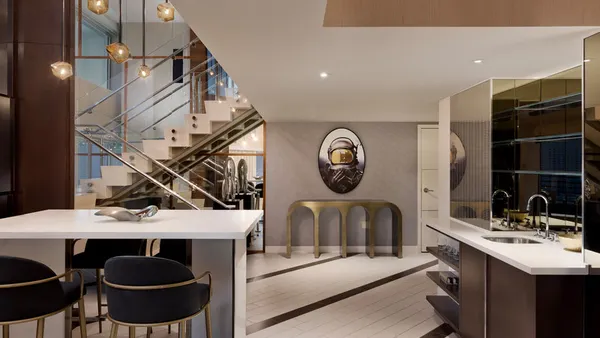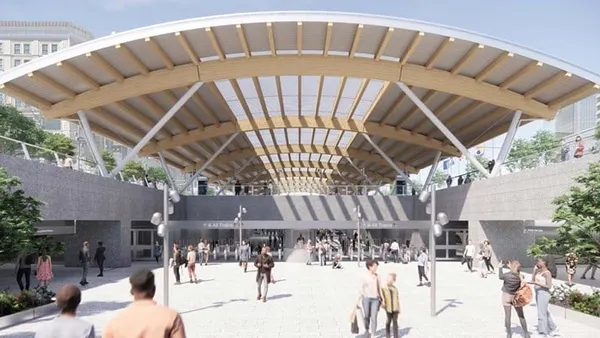Dive Brief:
- This Sunday's Super Bowl LIII, which will take place in the two-year-old, $1.5 billion Mercedes-Benz Stadium in Atlanta, will give football and other sports fans a glimpse of what they can expect from professional sports venues in the future, according to Forbes.
- The Mercedes-Benz Stadium boasts such features as an eight-piece retractable roof that opens and closes like a camera lens aperture; the world’s first halo video board; a 360-degree, 58-foot-tall, 1,075-foot-in-circumference screen; and a sky bridge with city views. Other venues like the U.S. Bank Stadium in Minneapolis and the under-construction Los Angeles Rams stadium in Inglewood, California, have their own unique features ranging from transparent roofs that allow for all-weather comfort to interactive video displays.
- New professional sports venues, like the Rams stadium and the Chase Center in San Francisco, also include mixed-use components such as retail, entertainment venues and public parks to encourage use year-round, not just on game day.
Dive Insight:
The Rams stadium, which the team will share with the Los Angeles Chargers, is part of a $5 billion entertainment district under construction by Turner Construction/AECOM Hunt that will also include an amphitheater, almost 800,00 square feet of office space, nearly 900,00 square feet of retail, 300 hotel rooms, 2,500 residences and 25 acres of public space.
While the Rams, for the moment, have taken the lead in mixed-use sports developments, other teams have their own grand plans. The Oakland Athletics have hired the Bjarke Ingels Group to design a new ballpark on the site of an existing terminal at the Port of Oakland in California. The 34,000-seat venue will be surrounded by an elevated park, which will run down to the waterfront, and the ancillary waterfront development will include construction of housing, restaurants, small business space, retail and public space. The team's current stadium property will be redeveloped into a separate mixed-use neighborhood anchored by the Oracle Arena, which will host cultural events and concerts.
Another big component of stadium design these days is Wi-Fi and distributed antenna system (DAS) capabilities so that fans can stay connected via their smartphones while attending a game. In addition to the exposure the team and venue get from fans’ interaction with social media, stadium marketers also get to offer game-day and post-game promotions and deals via smartphone technology.
Other features finding their way into modern stadium design are a parking scheme that allows for valet services and Uber and Lyft stations, programmable lighting and seating that brings the fans closer to the action.



